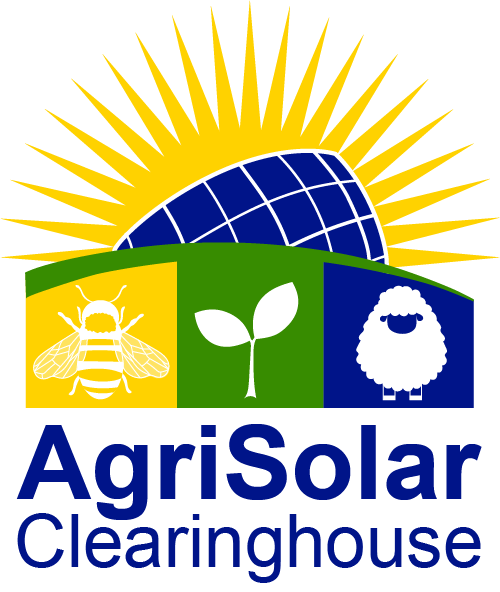Maintaining a solar site that doubles as pastureland in a high desert climate presents unique challenges, especially concerning irrigation. Given the necessity of water and the constraints on traditional irrigation systems like wheel-lines or pivot systems, it's essential to explore alternative methods that ensure both the solar infrastructure and the pastureland receive adequate moisture.
1.
Drip irrigation is an efficient method that delivers water directly to the roots of plants, minimizing evaporation and runoff. This system is ideal for dry climates as it conserves water and can be adjusted to target specific areas.
- Advantages:
- Water efficiency: Reduces waste by targeting the root zone.
- Flexibility: Can be easily installed around solar panels and grazing areas.
- Scalability: Suitable for small or large areas.
- Considerations:
- Initial setup cost: Higher than some traditional systems, but often offset by water savings.
- Maintenance: Regular checks are needed to ensure emitters are not clogged.
2.
Subsurface irrigation involves placing irrigation lines below the soil surface, delivering water directly to the plant roots. This method reduces water loss through evaporation and wind.
- Advantages:
- Efficient water use: Direct delivery to roots reduces evaporation.
- Protection: Lines are less likely to be damaged by grazing animals.
- Uniform distribution: Ensures even moisture levels throughout the pasture.
- Considerations:
- Installation: Requires careful planning and setup.
- Monitoring: Soil moisture levels need to be regularly checked to prevent over or under-watering.
3.
Implementing a rainwater harvesting system can provide an additional water source for irrigation. Collected rainwater can be stored in tanks and used during dry periods.
- Advantages:
- Sustainable: Reduces dependency on external water sources.
- Cost-effective: Lowers water bills and conserves municipal water supplies.
- Environmental impact: Reduces runoff and erosion.
- Considerations:
- Storage: Requires tanks or reservoirs to store collected water.
- Seasonal variability: Effectiveness depends on rainfall patterns.
4.
Integrating smart irrigation controllers with drip or subsurface systems can optimize water use. These controllers adjust irrigation schedules based on weather conditions, soil moisture levels, and plant needs.
- Advantages:
- Precision: Tailors water delivery to specific requirements.
- Convenience: Automated adjustments reduce manual intervention.
- Conservation: Maximizes water savings by avoiding over-irrigation.
- Considerations:
- Technology reliance: Dependent on sensors and software for optimal performance.
- Initial investment: Higher upfront cost but potential long-term savings.
5.
Utilizing greywater from residential or commercial buildings on the site can provide an additional water source for irrigation. Greywater systems recycle water from sinks, showers, and laundry for use in irrigation.
- Advantages:
- Resource efficiency: Reduces fresh water usage by recycling wastewater.
- Environmental benefits: Lowers demand on municipal water supplies.
- Continuous supply: Provides a steady water source.
- Considerations:
- Treatment: Greywater must be treated to remove harmful contaminants.
- Plumbing: Requires plumbing adjustments to separate greywater from blackwater.
Practical Steps for Implementation
- Site Assessment: Conduct a thorough evaluation of the solar site and pastureland to understand the specific irrigation needs and challenges.
- Water Source Identification: Identify reliable water sources, including groundwater, rainwater, and greywater.
- System Design: Design an irrigation system that integrates drip, subsurface, or a combination of methods tailored to the site’s layout.
- Installation: Ensure proper installation of irrigation lines, controllers, and storage tanks to maximize efficiency.
- Monitoring and Maintenance: Regularly monitor soil moisture levels, inspect system components, and perform necessary maintenance to ensure optimal performance.
Conclusion
In a high desert climate, effective irrigation is crucial for maintaining a solar site and pastureland. By considering alternative irrigation methods such as drip irrigation, subsurface irrigation, rainwater harvesting, smart controllers, and greywater systems, you can ensure the land remains productive and sustainable. These methods not only conserve water but also enhance the health of the pasture and the efficiency of the solar site.
